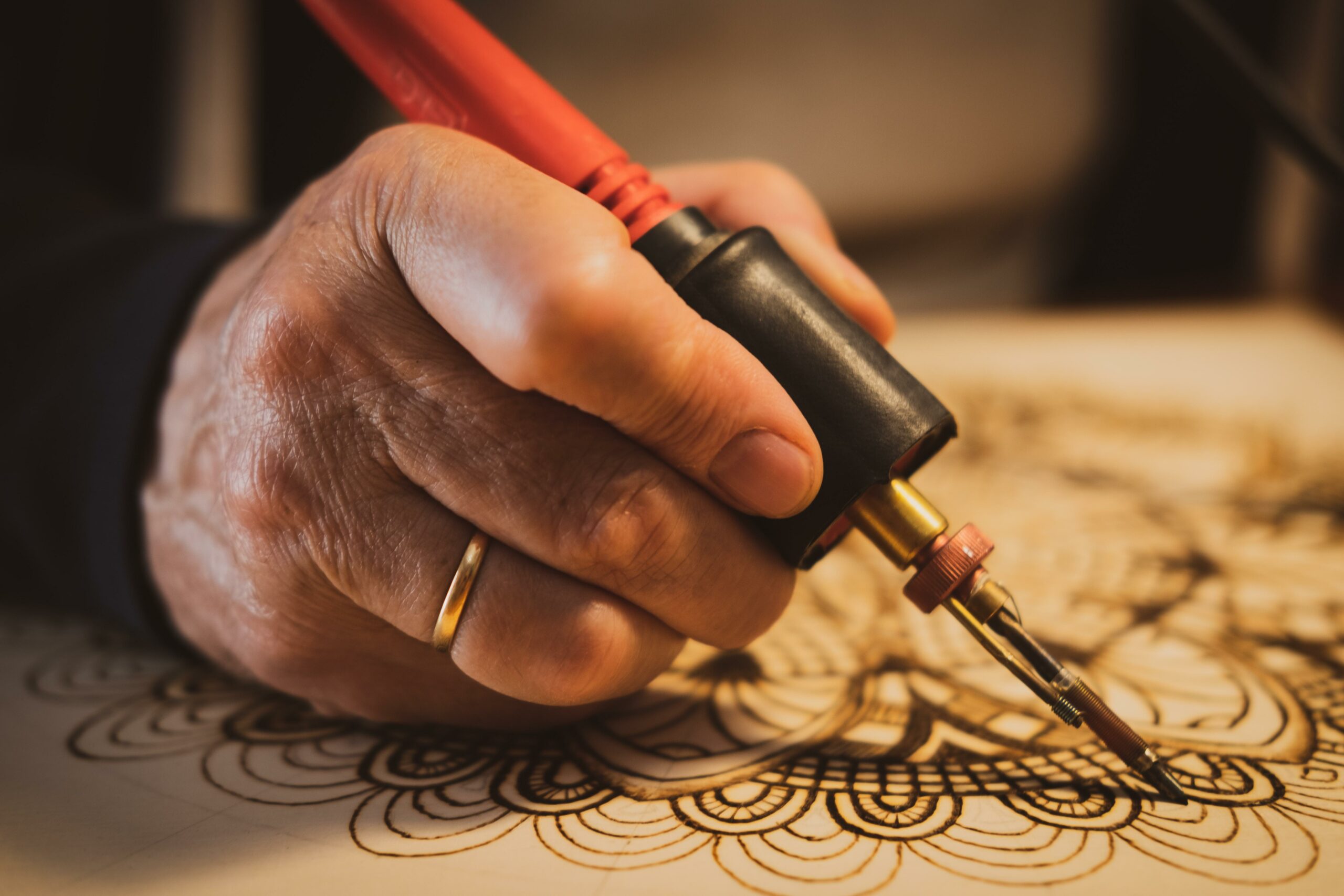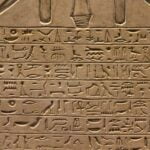Are you ready to uncover the fascinating secrets hidden within the strokes of Chinese calligraphy? In this article, we will embark on a journey through time, immersing ourselves in the enchanting world of this ancient art form. Get ready to discover intriguing facts that will captivate your imagination and deepen your appreciation for Chinese calligraphy’s rich cultural heritage. Join me as we delve into the mesmerizing beauty and untold stories behind each brushstroke.

Interesting Facts about Chinese Calligraphy
Chinese calligraphy holds a special place in the realm of visual arts in China. From its ancient roots to its cultural significance, this art form continues to captivate enthusiasts and scholars alike. As we uncover the fascinating insights into Chinese calligraphy, we embark on a journey that reveals its mastery and the secrets it beholds.
1. The Origins of Chinese Calligraphy
At the heart of Chinese calligraphy lies a rich history that dates back thousands of years. Scholars attribute its origin to the Shang Dynasty, an era flourishing around 1600-1050 BCE. However, the art of calligraphy itself predates this dynasty, tracing its roots back 4,000 to 5,000 years. Imagine the depth of knowledge and tradition embedded in each stroke!
“Chinese calligraphy emerges as a testament to the enduring wisdom of ancient civilizations.”
2. Elevating Handwriting to Artistry
In ancient China, calligraphy was not merely a means of communication but a reflection of an individual’s character and social standing. From a tender age, children were trained to write beautifully, as good calligraphy was considered a valuable asset. This cultural emphasis on handwriting fostered a society where writing was seen as an art form, much like painting or sculpture.
“Within the realm of Chinese calligraphy, handwriting transcends words and becomes an expression of the soul.”
3. Dynamic Life in Ink
While other visual arts strive to capture the beauty of stillness, calligraphy embraces the notion of movement and vitality. Unlike static paintings, calligraphy exudes a dynamic energy, with each brushstroke flowing effortlessly into the next. It is through this flowing motion that the essence of life is captured on paper, making calligraphy a truly unique art form.
“In the dance of the brush, calligraphy breathes life into the stillness of ink.”
4. A Gateway to Cultural Expression
Chinese calligraphy was initially born out of a practical need to record ideas and information. However, it quickly evolved into a highly esteemed art form intertwined with other creative pursuits. Reputable calligraphers in China often possessed a well-rounded education, excelling not only in calligraphy but also in painting, poetry, music, and martial arts. The intertwining of these disciplines enriched the expression and mastery of calligraphy.
“Calligraphy opens the door to a realm where art and knowledge intertwine, inviting diverse forms of creative expression.”
5. Influencing East Asian Art Styles
The influence of calligraphy extends beyond China’s borders, inspiring various art styles throughout East Asia. Ink wash painting, renowned for its delicate brushwork and use of black ink, often utilizes the same techniques and tools as calligraphy. The marriage of these two art forms results in a harmonious blend where words and images converge, creating mesmerizing visual narratives.
“Calligraphy’s profound impact resonates across cultures, breathing life into new art form.”
Let’s pause and reflect on how these fascinating facts weave a tapestry of cultural expression and artistic mastery. The depth of Chinese calligraphy encompasses centuries of tradition, reflecting the soulful artistry that emerges with each brushstroke. Unearthing these hidden facets allows us to appreciate the beauty and significance of Chinese calligraphy in all its glory.
Table: Influences of Chinese Calligraphy
| Calligraphy’s Influence | Impact on East Asian Art |
|---|---|
| Ink wash painting | Utilizes similar techniques and tools |
| Artistic expression | Enhances creative pursuits in painting, poetry, music, and martial arts |
| Cultural exchange | Inspires various art styles across East Asia |
Let’s continue our exploration as we dive deeper into the techniques and styles that define Chinese calligraphy.
Chinese calligraphy is not just a form of writing; it is a remarkable art that holds centuries of cultural significance. If you want to uncover exciting fun facts about Chinese calligraphy, look no further! Our website has curated an impressive collection of information and insights that will surely captivate your interest. Discover the fascinating history and techniques behind this ancient art form by clicking here: fun facts about Chinese calligraphy. Prepare to be amazed as you delve into the world of beautiful strokes and elegant characters. Get ready for an immersive experience that will leave you in awe of the immense talent and skill displayed through Chinese calligraphy. So, why wait? Click the link and embark on an enchanting journey through the captivating world of Chinese calligraphy.
FAQ
Q: How is Chinese calligraphy regarded in China?
A: Chinese calligraphy is traditionally regarded as the highest form of visual art in China. Good calligraphy was considered a social asset, and children in China were trained from a young age to write beautifully.
Q: How old is Chinese calligraphy?
A: Chinese calligraphy has a history of approximately 1,000 years. The art of calligraphy itself is around 4,000-5,000 years old, with its origin dating back to the Shang Dynasty in China.
Q: What is the connection between Chinese calligraphy and ink and wash painting?
A: Ink and wash painting is often linked with calligraphy, using similar techniques and tools. Calligraphy and ink and wash painting both emphasize the dynamic life and motion of the brushwork.
Q: What was the initial purpose of calligraphy?
A: The initial purpose of calligraphy was to record ideas and information. It played a crucial role in preserving historical records, literature, poetry, and religious texts in China.
Q: How did calligraphy influence other art forms in East Asia?
A: Calligraphy has influenced various art styles in East Asia, including ink wash painting. Reputable calligraphers in China were typically well-educated and skilled in other areas such as painting, poetry, music, and martial arts.
- Crypto Quotes’ Red Flags: Avoid Costly Mistakes - June 30, 2025
- Unlock Inspirational Crypto Quotes: Future Predictions - June 30, 2025
- Famous Bitcoin Quotes: A Deep Dive into Crypto’s History - June 30, 2025
















